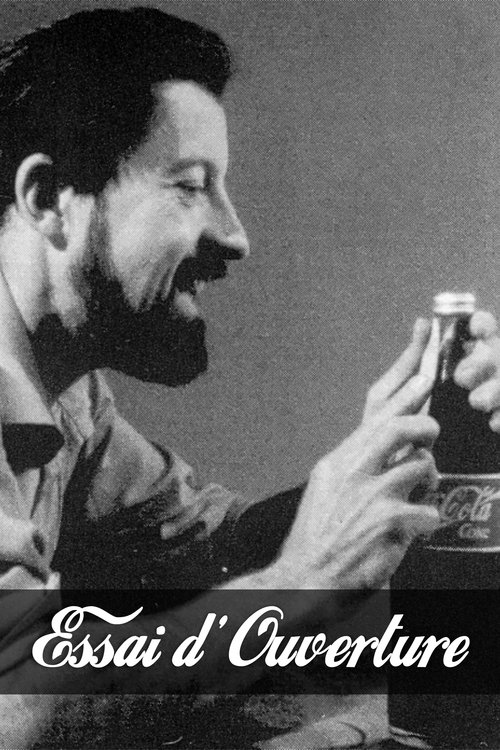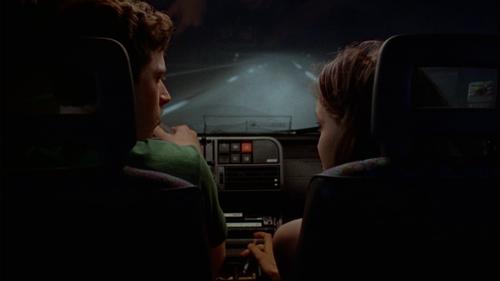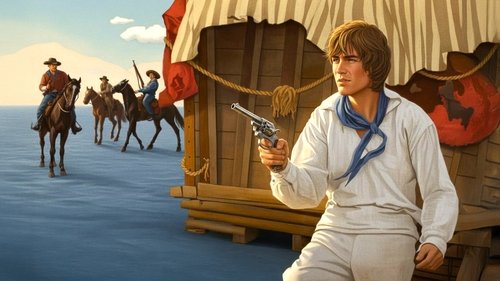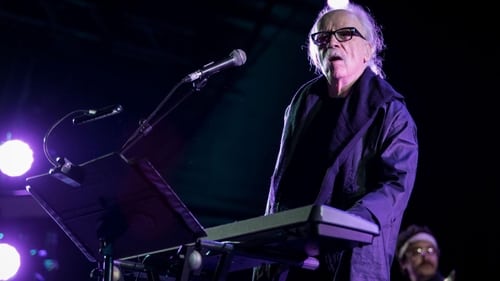Informações
Sinopse:
Duração: 00h14m
Data de lançamento: 01 de janeiro de 1988
Genêros: Comédia.
(16 votos)
?
?

Sinopse:
Duração: 00h14m
Data de lançamento: 01 de janeiro de 1988
Genêros: Comédia.

Two teenagers are playing by night in a dirty parking lot. After they are driving on an empty road, they start to tease each other on the way to the sea, but they seem to be too young to drive and the road is a bit strange.

In today's hectic world, what everyone really needs is a moment of respite.

Junga Dick Sands takes the place of the dead captain and brings the Pilgrim ship to Africa, and not to America, as the vile villain and slave trader Negoro put an ax under the compass. So the fifteen-year-old captain, the wife of the shipowner with his young son, the professor and the crew were captured by the villains who profit from living goods.

A man falls in love with a piano player and tries to woo her. A passerby hears a maid's music, fancies he's found his true love, and chats her up. Her boyfriend arrives for his music lesson and jealously dismisses the interloper, who swipes a grinder's organ (and monkey) to help him serenade the maid. Later he follows the boyfriend to a residence hotel and plants a bomb in the man's piano. The organ-grinder is gunning for the thief, and soon the piano, bomb, monkey, thief, and pistol-packing grinder are rolling down the road to the delight of maid and lover. It's ka-boom for some and a kiss for others.

“The Nineties had a pretty bad start”, this is how Vincent Dieutre introduces us to the shadows of his personal universe in those years going through Utrecht, Naples and Rome. In these three cities and two love affairs guide a homosexual man on his nightly search for lost beauty. In a cross between a diary and a baroque play the film reconstructs the fragments of a fateful journey against a Caravaggio backdrop. Painting, sensuality, losing oneself in a cityscape: the Leçons de ténèbres form an obscure fresco, a white-hot collage of trashy vanity.

John Carpenter performs tracks from his movies and from his Lost Themes album. Recorded in London and Chicago in 2016.

Reporter Jane Arden goes undercover to try to expose a gang of jewel thieves and smugglers. Her mission becomes more dangerous when her identity is discovered early on by one of the gang leaders.

Após a morte dos pais de uma jovem, Elaine vai viver com sua excêntrica tia Tilda, que ela nunca conheceu antes, em uma pacata cidade nas montanhas, Bloomfield.

Um reencontro inesquecível de personagens adorados dos 100 anos da Disney Animation.

Um alce bem-humorado que vagueia pela floresta concorda em dar uma carona no besouro da batata do Colorado. Logo uma aranha logo se junta a eles. Depois, os pássaros. Depois, uma família inteira de esquilos. Até mesmo um urso. Os convidados moram nos chifres dos alces e esquecem que esses chifres não lhes pertencem.